 Are your headlines performing as well as you'd like?
Are your headlines performing as well as you'd like?
Do you want to write more effective headlines?
Using a few simple techniques, you can craft headlines that capture attention and convince people to click through to your content.
In this article you’ll discover six tips for writing effective headlines that drive traffic.
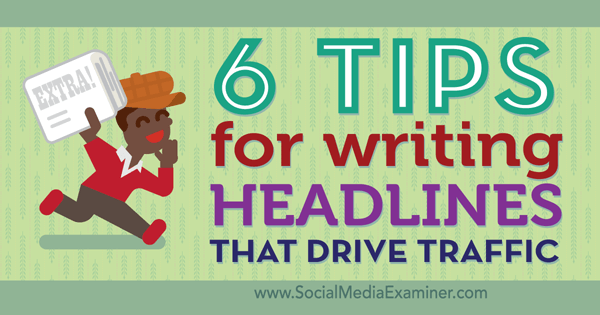
Listen to this article:
Where to subscribe: Apple Podcasts | Spotify | YouTube Music | YouTube | Amazon Music | RSS
#1: Begin With Numbers
Headlines containing numbers typically perform better than other types of headlines. A list-type post promises to be quick and easy to read, and that's important in today's busy world.
You can use a low number to illustrate how concise your article is, or a high number to illustrate how comprehensive it is. But don't use too high a number or you'll lose the benefit of the content appearing easy to consume.
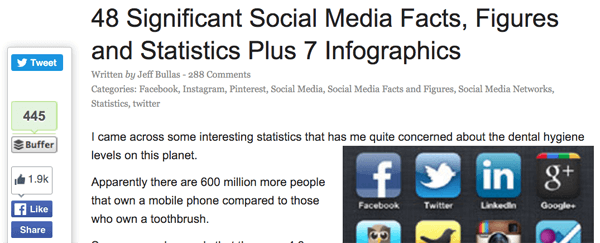
Odd numbers generally perform better than even numbers, as they appear less conveniently packaged than even numbers, and the number seven works well in headlines.
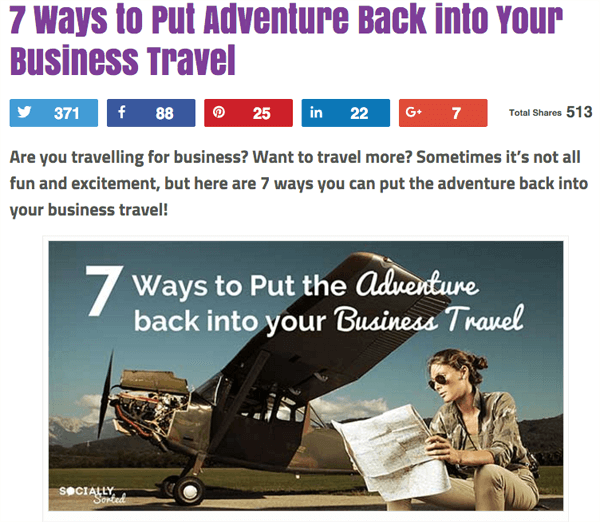
Make sure you use a numeral rather than spell out the number. Numerals stand out better in headlines and take up less space.
#2: Highlight Value
Why should people read your post? What's in it for them? The benefit should be clear, simple and direct in the headline.
How-to headlines always work well, in part because they're so clear. The reader can see instantly the benefit to be gained by reading the article.
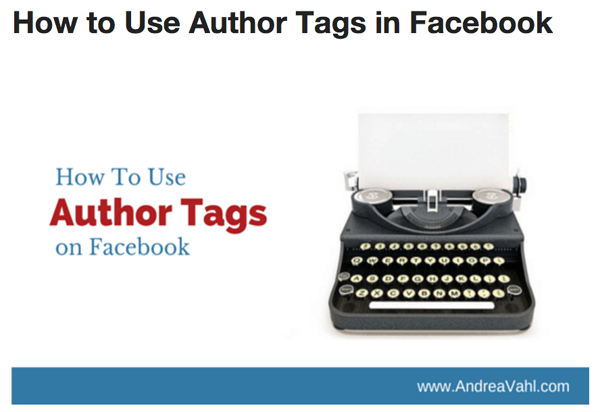
Your headline should promise something. And the more specific you can make that promise, the better.
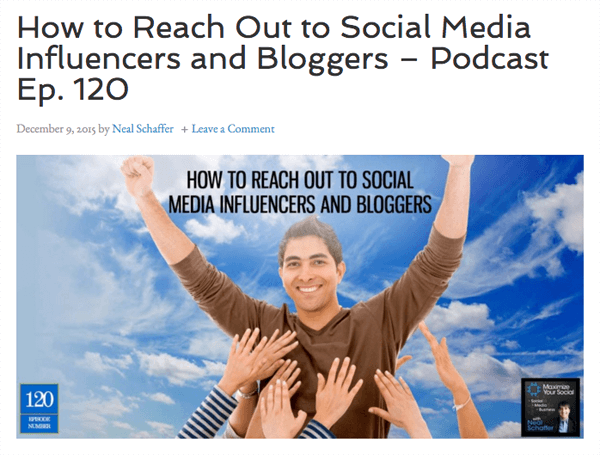
It's an added bonus if you can incorporate drama, excitement or humor in the headline, but don't lose credibility. People distrust outrageous or unlikely claims, so make sure your benefit is genuine and believable.
#3: Pique Curiosity
Headlines with questions can be effective, provided you compose them the right way. The golden rule is never to ask a question that your reader can answer “no“ to.
Get World-Class Marketing Training — All Year Long!
Are you facing doubt, uncertainty, or overwhelm? The Social Media Marketing Society can help.
Each month, you’ll receive training from trusted marketing experts, covering everything from AI to organic social marketing. When you join, you’ll also get immediate access to:
- A library of 100+ marketing trainings
- A community of like-minded marketers
- Monthly online community meetups
- Relevant news and trends updates
Likewise, if you answer the question in the headline, there is no need for people to read the article. They already know the answer.
The question in the following headline creates tension. Readers will want to know the answer, so they'll read the article to find out.
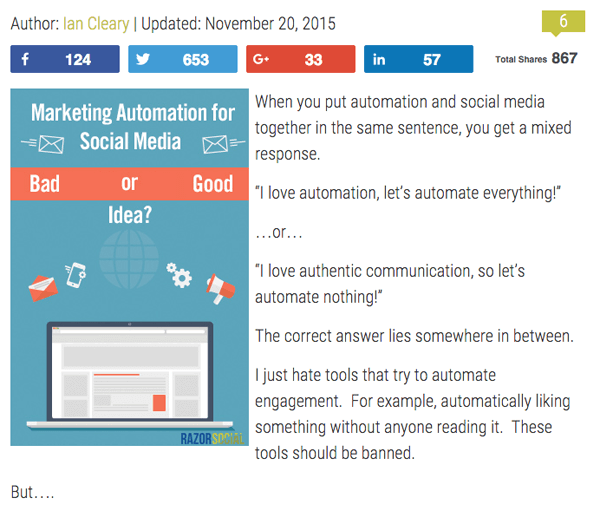
Questions arouse curiosity, which is a powerful emotion.
#4: Stay Away From Positive Superlatives
We're conditioned to always be positive in our communications. But is that tactic effective in headlines?
A study by Outbrain found that the average click-through rate on headlines containing negative superlatives (“never” or “worst,” for example) performed 63% better than those containing positives (like “always” or “best”).
In fact, headlines containing positive superlatives performed 29% worse than those without any superlatives. One reason is that the overuse of superlatives (such as best, fastest or cheapest) in marketing has led to them being ignored, or worse still, disbelieved.
Negative terms are more likely to be viewed as authentic and genuine.

Discover Proven Marketing Strategies and Tips
Want to go even deeper with your marketing? Check out the Social Media Marketing Podcast! Publishing weekly since 2012, the Social Media Marketing Podcast helps you navigate the constantly changing marketing jungle, with expert interviews from marketing pros.
But don’t let the name fool you. This show is about a lot more than just social media marketing. With over 600 episodes and millions of downloads each year, this show has been a trusted source for marketers for well over a decade.
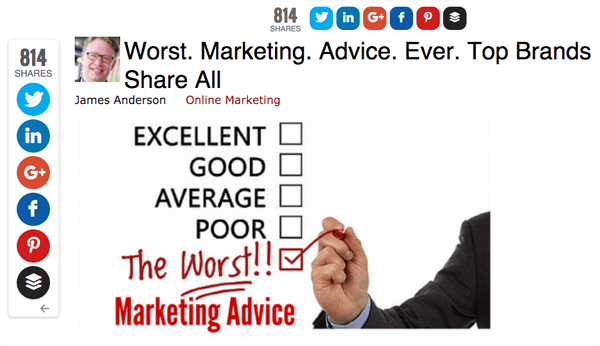
#5: Add Adjectives and Power Words
Unlike superlatives, which can turn readers off, adjectives (if used correctly) can create interest.
Incorporate adjectives like beautiful, brilliant, effortless, essential, fun, horrifying, incredible, strange, useful and valuable in your headlines. These words grab your readers' attention and intrigue them sufficiently to read on.
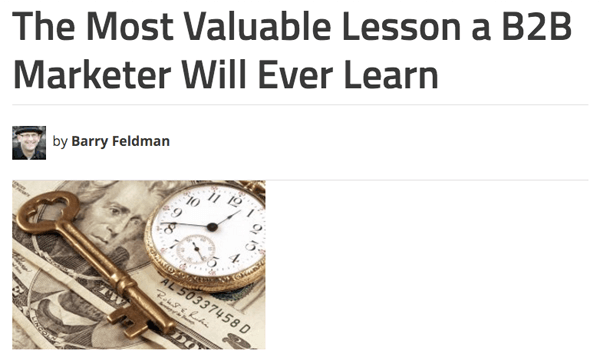
To write more persuasive headlines, try these five power words: you, free, because, instantly and new. Beloved by copywriters, these words have been used in headlines for decades.
If you use these words in your headlines, you're pretty much guaranteed a boost in your click-through rates.
#6: Use Punctuation
The Outbrain study mentioned above also found that simply adding a hyphen or a colon to a headline increases click-through rates by 9%.
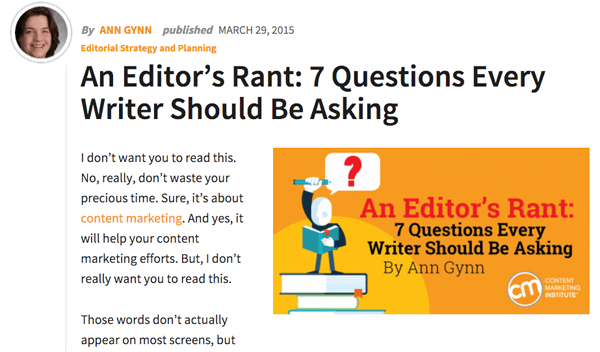
It's a simple technique to use. Place your main keyword before the colon or hyphen, and add your clickbait headline after it.
Note Optimal Headline Lengths
While eight words might be best for a blog post title, other platforms and applications may have their own restrictions. For example, Twitter has a 140-character limit, and you need to allow enough room for people to retweet with a comment or a mention.
According to Buffer, these are the optimal lengths for social media posts:
- Twitter: 71 to 100 characters. Tweets under 100 characters receive 17% more engagement.
- Facebook: Although Facebook doesn't have a character limit, posts with 80 characters or fewer receive 66% more engagement than longer ones.
- Google+: The ideal length of a Google+ headline is fewer than 60 characters.
Analyze and Improve Your Headlines
When you start to apply these principles in your headline writing, you'll soon find that you have several headline variations to choose from for your articles. Use a tool like CoSchedule’s Headline Analyzer to test your headlines and see which one ranks highest.
The Headline Analyzer gives your headlines a rating out of a possible score of 100. The higher the rating, the more effective the headline is likely to be.
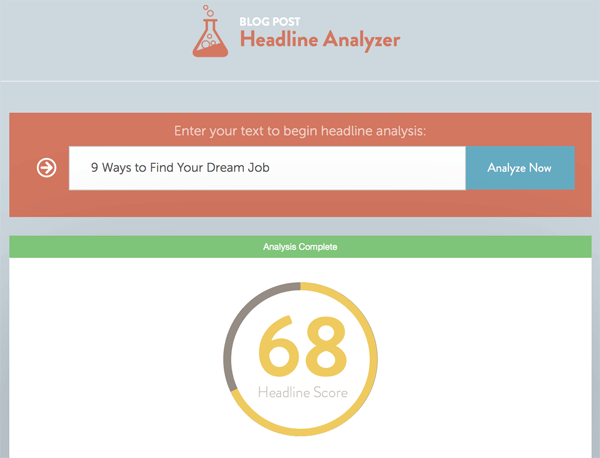
This tool looks at several different factors, including the headline type (for example, list, how-to or question), the right balance of words (common, uncommon, emotional and power words) and the length of your headline.
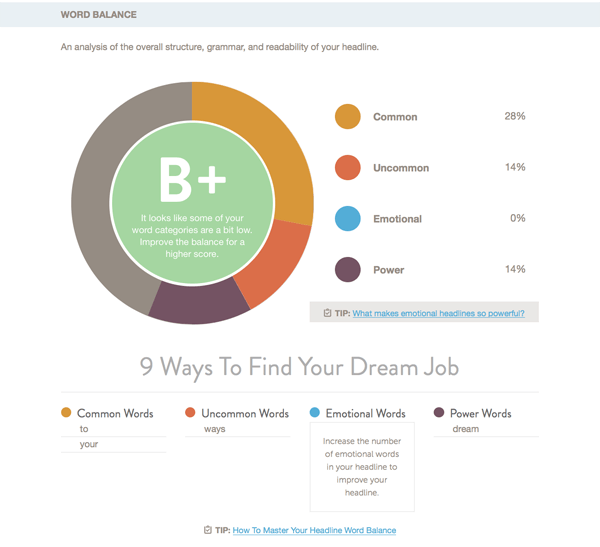
In addition to a score, the Headline Analyzer will provide suggestions to improve your headline.
Aim for a score of B+ or better (around 75). If you score less than that, revise the headline following the suggestions given until you get up to that level or higher.
Conclusion
According to Copyblogger, only 20% of people who see your post will read beyond the headline. A great headline will make the difference between your post being read and shared like crazy, or sitting unread and ignored.
What do you think? Have you used any of these techniques to write headlines? What tactics work well for you? Please share your thoughts in the comments below.
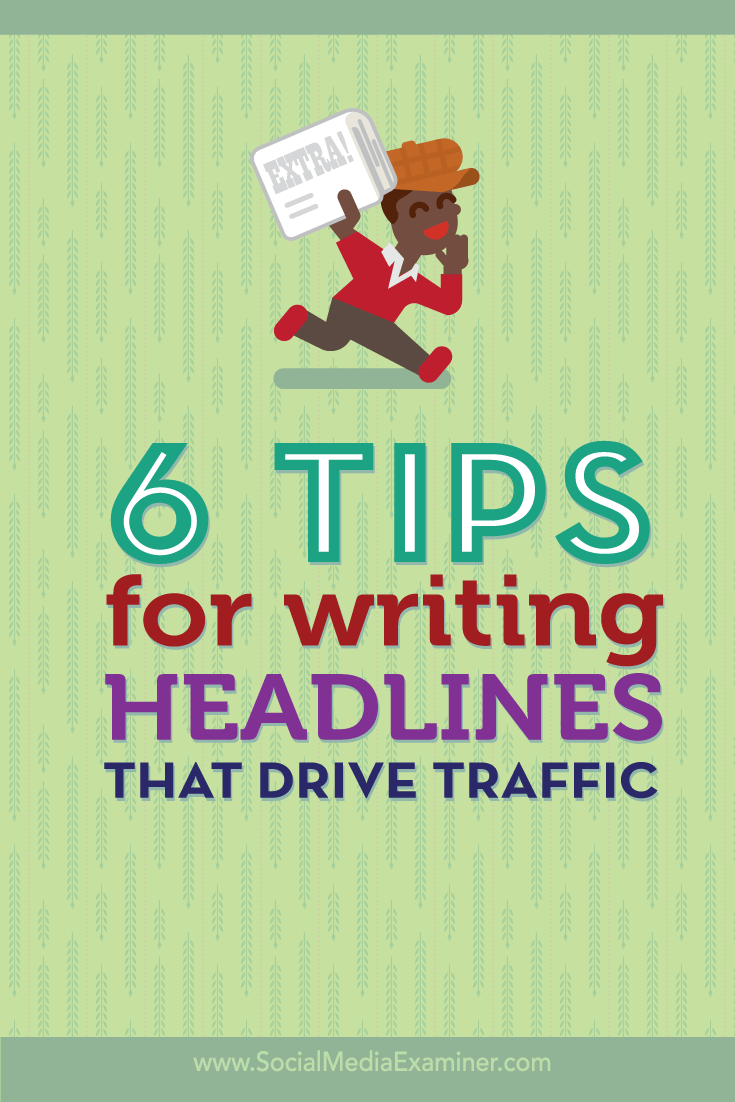
Attention Agency Owners, Brand Marketers, and Consultants

Introducing the Marketing Agency Show–our newest podcast designed to explore the struggles of agency marketers.
Join show host and agency owner, Brooke Sellas, as she interviews agency marketers and digs deep into their biggest challenges. Explore topics like navigating rough economic times, leveraging AI, service diversification, client acquisition, and much more.
Just pull up your favorite podcast app, search for Marketing Agency Show and start listening. Or click the button below for more information.

